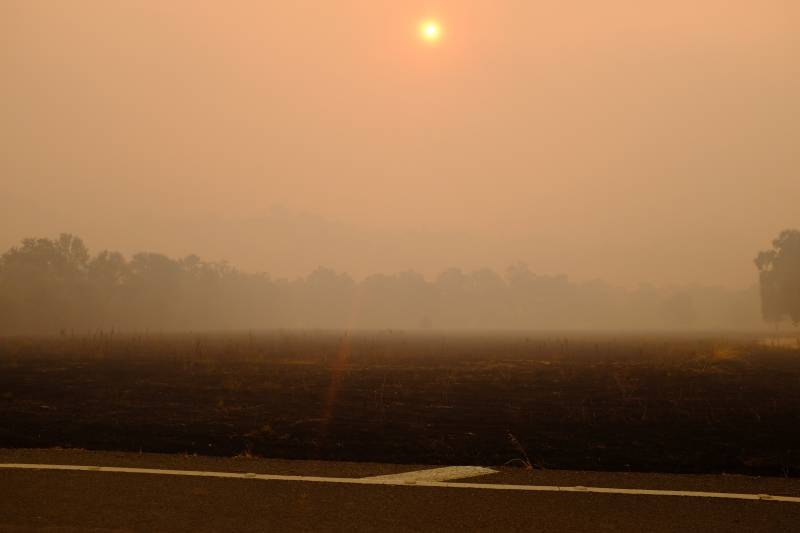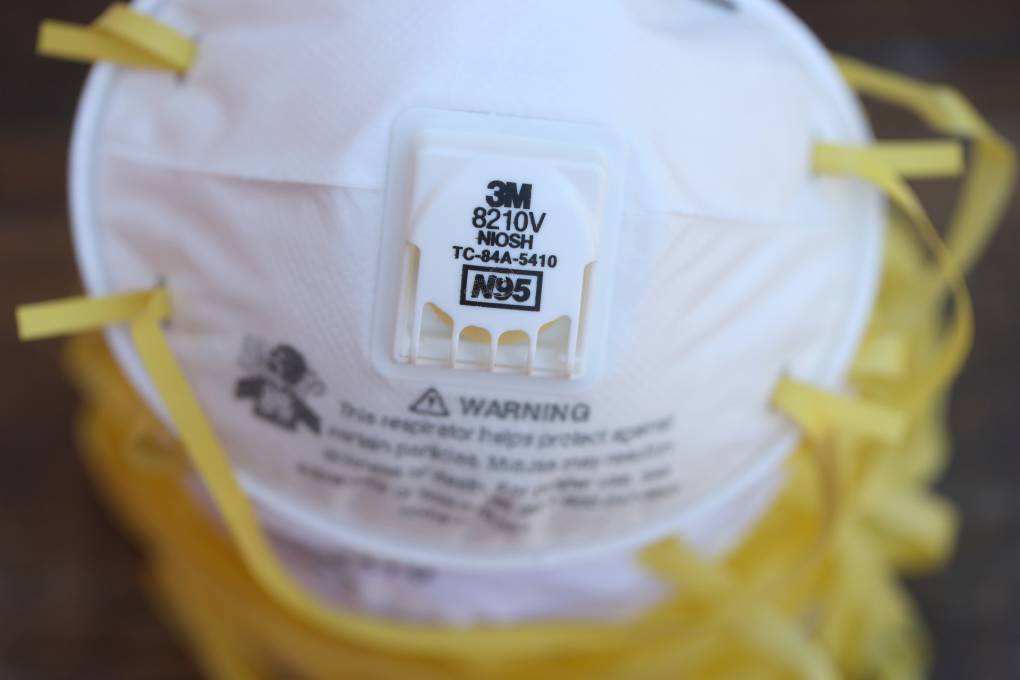Californians have become familiar with masks in recent years.
First we learned about the power of N95 and N100 masks to protect ourselves from wildfire smoke. During the COVID pandemic, masks of all kinds became a part of our daily wardrobe.
As wildfires continue to impact California and the pandemic continues to cause infections and hospitalizations around the state, just what should you cover your nose and mouth with when wildfire smoke and COVID collide?
Wearing N95 masks for COVID and smoke
“The best mask for protecting oneself from wildfire smoke is an N95. That’s also the best mask for protecting oneself from coronavirus,” UCSF pulmonologist and professor of medicine Dr. John Balmes said. The CDC says that well-fitting respirators that are approved by the National Institute for Occupational Safety & Health, like N95s, “offer the highest level of protection” against COVID. Read more about how N95 masks work and why they’re so effective.

But some public health officials say N95s aren’t for everyone. Veronica Vien, a public information officer for the San Francisco Department of Public Health, said that they can be uncomfortable to wear for long periods of time and must “provide a tight seal around the wearer’s mouth and nose” to work effectively.
“If an N95 respirator makes you feel better, wear it. If you feel worse, please don’t!” Vien said.
Balmes also said some types of KN95 masks, which are similar to N95 masks, but made in China, are also good.
N95 masks with exhalation valves work well for wildfire smoke, but are less effective at stopping the spread of disease — even with tape over the valve.
Wearing a surgical mask for COVID and smoke
Surgical masks are “actually somewhat protective with regard to wildfire smoke because they’re standardized,” Balmes said. Balmes estimated surgical masks can reduce exposure to wildfire smoke by roughly 20%.
As for COVID, the CDC says that “well-fitting disposable surgical masks” are only the second-best mask to protect yourself from the coronavirus, along with KN95s — behind N95 masks.
Wearing a cloth mask for COVID and smoke
Wearing a cloth mask was one of the primary ways people tried to limit the spread of the virus in the earliest days of the pandemic. But at this stage, the CDC has advised that “[l]oosely woven cloth products provide the least protection” against the coronavirus.
And a cloth mask doesn’t filter out wildfire smoke. As the CDC notes, cloth masks “do not catch small, harmful particles in smoke that can harm your health.”
If you are masking up because you are inside and it is required, however, cloth masks can still slow the spread of coronavirus.
